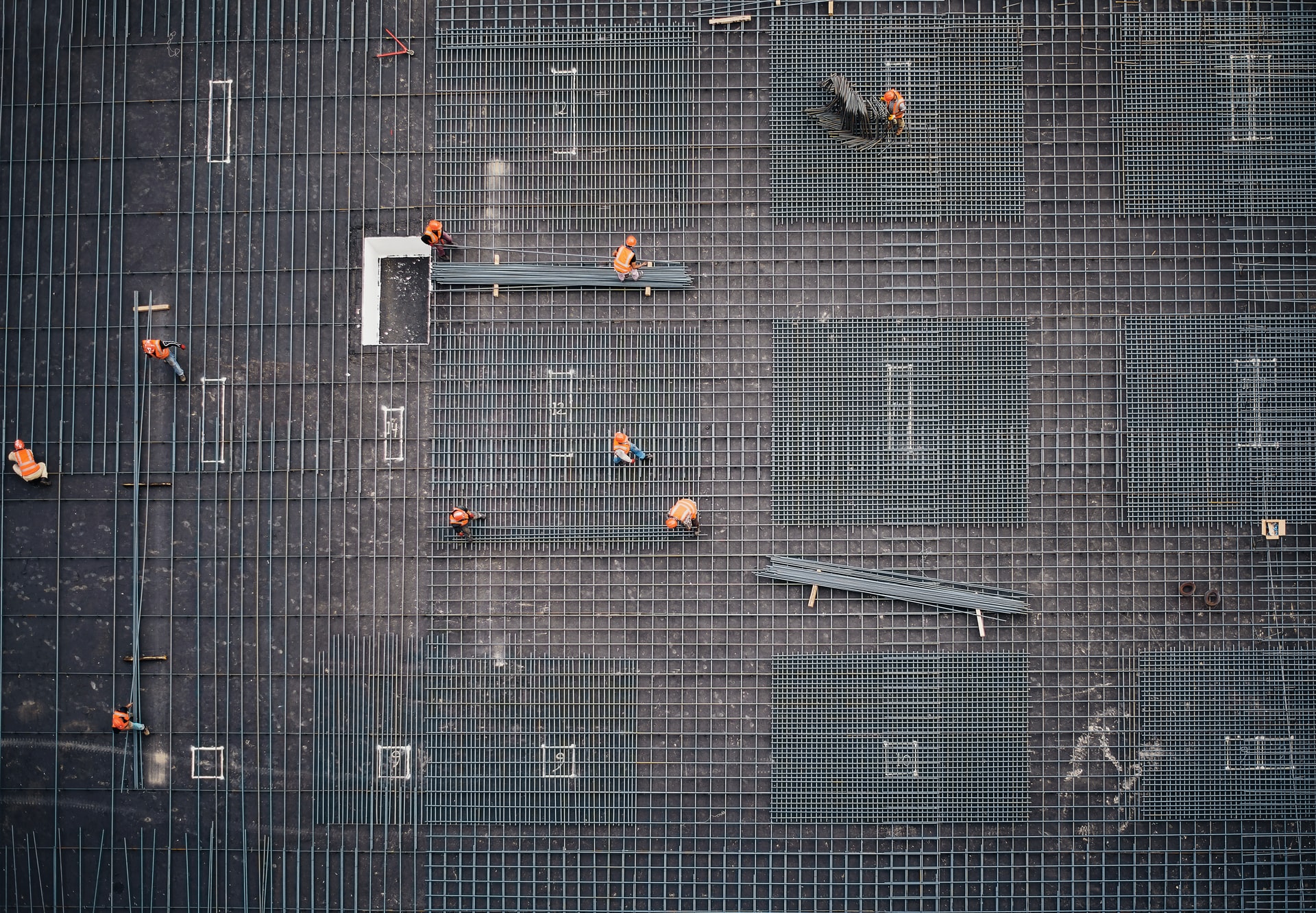Some in the engineering and technology world are salivating over the economic opportunities presented by Elon Musk’s Hyperloop proposal. It is hard to imagine the Hyperloop without a significant amount of automated equipment and processes.
As has been shown in industrial settings, automation provides energy efficiency, mobility, security, reliability, rich functionality, extensive integration and robustness. Automation systems employ a variety of technologies including Programmable Logic Controllers (PLCs), Human Machine Interfaces (HMI) and Field Buses or “Controlled Area Networks” (CAN), motor controllers, drives, industrial power supplies, sensor systems, actuator drivers and more.
The hyperlink system’s acceleration, deceleration and traveling speeds at up to 760 miles an hour would require precise control and management in order to avoid accidents. As the following graph shows the amount of lateral force exerted at various turn radii increases significantly as speeds increase to 800 miles an hour. Needless to say, stresses and forces involved would need to be monitored in real time by sensor-based systems; it is doubtful humans could “drive” trains at these speeds.
The Route
The route has been divided into the following sections:
- Los Angeles/Grapevine – South and North
- I-5
- I-580/San Francisco Bay
Time From San Francisco to Los Angeles
The planned route would run mostly in the I-5 median between auto traffic lanes. Here’s a breakdown of the posposed 32 minute route:
- 300 mph (480 kph) for the Los Angeles Grapevine South section at 0.5g. Total time of 167 seconds
- 555 mph (890 kph) for the Los Angeles Grapevine North section at 0.5g. Total travel time of 435 seconds
- 760 mph (1,220 kph ) along I-5 at 0.5g. Total travel time of 1,518 seconds
- 555 mph (890 kph) along I-580 slowing to 300 mph (480 kph) into San Francisco. Total travel time of 2,134 seconds (35 minutes)
- The speed (Figure 26) along the Hyperloop and distance (Figure 27) as a function of time summarize the route.
Cost of Hyperloop
Technical Challenges
The technology for the Hyperloop system already exists: linear motors, pneumatic transport (although not tested on a large scale but probably scalable), existing materials, automation technology, and a plethora of transferable automotive, aircraft, and spacecraft technology. Monorails have been around for decades and would provide important information and a track record of managing elevated transportation systems. Much of the on board technology including electric batteries and solar power integration could be transferred from Elon Musk’s Tesla and SolarCity companies. The growth of smart grid technology, especially storage solutions, would allow the Hyperloop to operate at night or during periods of minimal sunlight.
Finally railway system manufacturers including Bombardier, Siemens, ABB, General Electric and others would provide a wealth of experience and sophisticated engineering software to round out the technology needed for the project.





